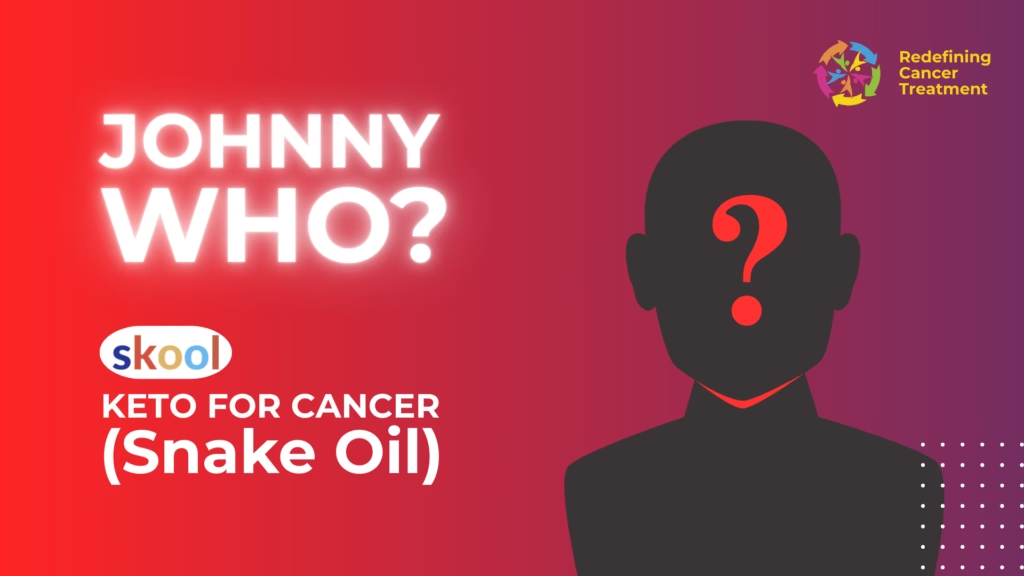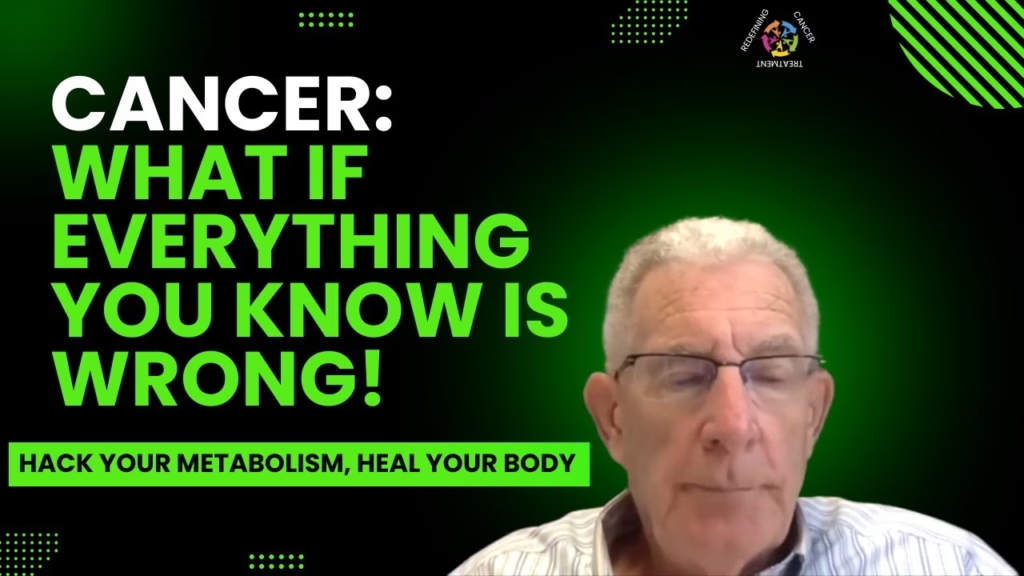
Thomas Seyfried Warns Against Unauthorised Use of His Work in Cancer-Keto Promotions
Dr. Thomas Seyfried Issues Warning: “Stick to My Published Work”⚠️ The cancer researcher clarifies he has no ties to “keto for cancer”
The National Cancer Institute defines cancer as “a genetic disease caused by DNA mutations.” But mounting evidence reveals this somatic mutation theory collapses under scrutiny:
Many aggressive tumours show zero driver mutations
Healthy tissues accumulate thousands of mutations without becoming cancerous
Nuclear transfer experiments prove corrupted cytoplasm (not mutated DNA) drives uncontrolled growth
The smoking gun? Transplanting a cancer cell’s nucleus into healthy cytoplasm produces normal cells. Reverse the process, and healthy DNA becomes cancerous. This proves mitochondrial dysfunction, not genetic mutations, is cancer’s true catalyst.
Tumours operate on two fermentable fuels:
Glucose (via cytoplasmic glycolysis → lactic acid)
Glutamine (via mitochondrial glutaminolysis → succinic acid)
Unlike healthy cells that efficiently burn fat/ketones through oxidative phosphorylation, cancer cells:
Develop insulin hypersensitivity to hoard glucose
Store unused fats as cytoplasmic lipid droplets
Require 18x more glucose than normal cells
This explains why PET scans easily locate tumours – they’re radioactive glucose black holes.
Our Palaeolithic ancestors:
Lived in chronic ketosis from meat/marrow/fat consumption
Had cancer rates near zero (per anthropological records)
Died primarily from injury/infection, not chronic disease
Modern mismatch factors:
🍩 Carbohydrate overload: Average American consumes 57kg annual added sugar
💊 Pharmaceutical disruption: 75% of common drugs impair mitochondrial function
🛋️ Sedentary lifestyles: Muscle glucose sequestration prevents tumours from hijacking fuel
Effective treatment requires dual fuel restriction:
| Approach | Mechanism | Tools |
|---|---|---|
| Glucose Press | Lower systemic availability | Ketogenic diet, intermittent fasting, HIIT |
| Glutamine Pulse | Temporary enzymatic inhibition | Don (6-Diazo-5-Oxo-L-Norleucine) + recovery phases |
Clinical wins:
Glioblastoma patients show 50% longer survival when combining keto + lower-dose chemo
Breast cancer trials demonstrate enhanced radiation efficacy with GKI ≤ 2
Optimal therapeutic zone: GKI ≤ 2
(Glucose mmol/L ÷ Ketone mmol/L)
Achieving this requires:
Continuous glucose monitor
Blood ketone meter
Strategic carb restriction (<30g/day)
Moderate protein intake (1g/kg lean mass)
Despite compelling evidence, three barriers persist:
Funding bias: 93% of NCI grants focus on genetic research
Pharmaceutical economics: Metabolic therapies aren’t patentable
Medical education: Doctors receive ~7 hours average nutrition training
Patient empowerment strategies:
Demand GKI monitoring during treatment
Combine standard care with metabolic therapy
Join clinical trials at metabolic research centres
Prevention Protocol:
Maintain GKI 6-8 through cyclical keto
Weekly 36-hour fasts
Resistance training 3x/week
Treatment Protocol:
Target GKI 1-2 with medical supervision
Combine pulsed chemotherapy with Don cycles
Monitor tumour lipids via MRI (sign of metabolic stress)
Key Resources:
Cancer as a Metabolic Disease (Seyfried’s Textbook)
The future of oncology lies not in hunting mythical “cancer genes,” but in respecting our evolutionary metabolic design. When we starve tumours of their preferred fuels while nourishing healthy cells, we turn cancer from a death sentence into a manageable condition.

Dr. Thomas Seyfried Issues Warning: “Stick to My Published Work”⚠️ The cancer researcher clarifies he has no ties to “keto for cancer”

Professor Thomas Seyfried’s groundbreaking metabolic therapy framework reveals how targeting cancer’s energy vulnerabilities—through ketogenic diets and repurposed drugs like Fenbendazole—offers

The video explores how metabolic therapy can revolutionise cancer treatment by targeting cancer cells’ reliance on glucose and glutamine for energy. It

Explore the revolutionary insights of Prof. Thomas Seyfried in our latest blog, where we delve into his groundbreaking research on